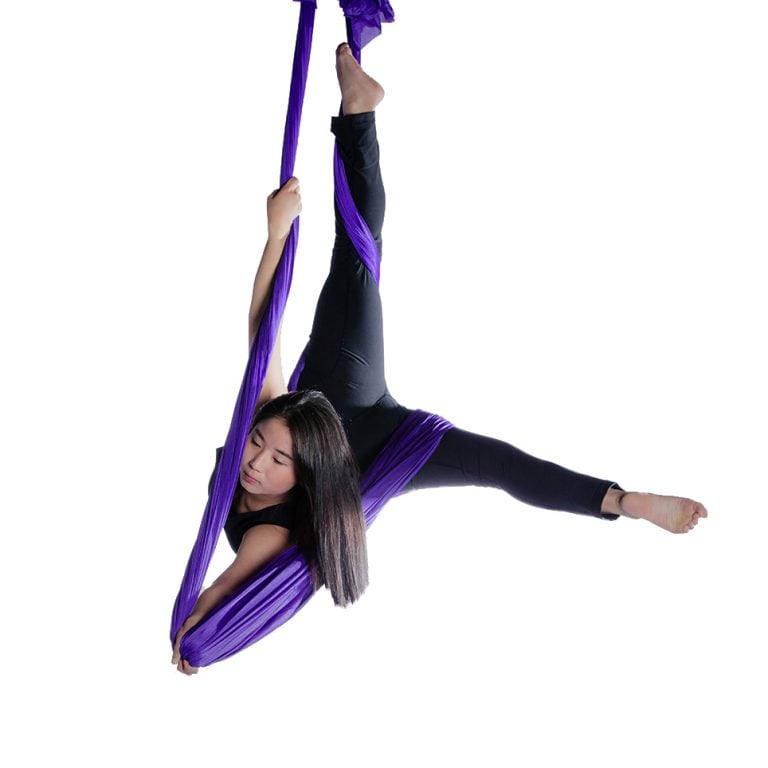A lot of people with chronic pain tell me that they get some relief when involved with creative work like painting or playing music. Until they have the language for it, they usually don’t realize that the mental state they are in at those times is the same one we call “trance.”
Most of my hypnosis training has been with NPHTI, the National Pediatric Hypnosis Training Institute. However, last month, I attended a special training with ASCH, the American Society for Clinical Hypnosis, to become trained as a trainer. I took the train. (Actually, it was an online course, but my train of thought was already careening down the rails of silly wordplay.)
One thing I learned: At some point between my last two ASCH courses, there has been a change of terminology. The beginning of a hypnotic experience, previously called “induction of trance,” is now being called “elicitation of trance.” Although I am still not used to the new vocabulary, I love how it better reflects the reality of what we do.
“Induction” literally means “leading in.” This word reflects the idea that in hypnotherapy, we are helping a patient or client to get into a “trance,” or mental state of absorption conducive to deep learning. However, “elicitation” reflects the idea that the patient or client has already accessed the hypnotic mental state and that we are helping them to draw it out for more intentional use.
I see the difference as something like this: induction of trance is like guiding a train onto the right rail to enter a particular tunnel, where the tunnel is the hypnotic state. It may not be obvious that this tunnel is familiar rather than new and mysterious. Elicitation is like guiding a train out of the tunnel, where the train is in a hypnotic state. The train is always there; we just don’t always see it. Now, a person can more easily “ride” the hypnotic state to their destination.
To extend the metaphor, practicing hypnosis is like putting the train on a predictable schedule so that you know you will be ready to ride it when it comes along. Even without the schedule, the train will come by sometimes, but it is really hard to plan a trip. Sometimes, you end up a bit stranded while awaiting a ride to your preferred destination.
For those with chronic pain, learning to use hypnosis might be compared to putting their train to improvement on a convenient timetable. They can get on regularly and move toward their destination. Even without the timetable, the train sometimes comes through–like when they have the chance to paint or play music–but they may have to wait a while longer to get where they want to go.
I’d invite anyone with chronic pain to learn self-hypnosis in the hope of arriving more quickly to the destinations of relief and restored function. All aboard!






